 Trans urethral resection of bladder tumour (TURBT) | Bladder cancer | Cancer Research UK
Trans urethral resection of bladder tumour (TURBT) | Bladder cancer | Cancer Research UKWhat patients and caregivers need to know about. If you or someone you love has cancer, know what to expect can help you cope. From basic information about cancer and its causes to detailed information about specific types of cancer, including risk factors, early detection, diagnosis and treatment options, you will find it here. More Topics You can help reduce the risk of cancer by making healthy choices like eating well, staying active and not smoking. It is also important to follow recommended screening guidelines, which can help detect certain early cancers. More Topics Cancer Prevention Tools Whether you want to learn about treatment options, get tips on how to deal with side effects, or have questions about health insurance, we are here to help. We can even find a free trip to treatment or a free place to stay when the treatment is away from home. More Top History NAVIGATION WORKING Top Our team of expert journalists brings you all the angles of cancer history – from last-minute news and survivor stories to detailed information about cutting-edge research. More news about Top Story cancer What is needed to overcome cancer? Research. We've invested more than $5 billion in cancer research since 1946, all to find more treatments, discover factors that can cause cancer and improve the quality of life of cancer patients. Life Saving Research Explore Our ResearchWe couldn't do what we do without our volunteers and donors. Together, we are making a difference – and you can too. Become a volunteer, make a deductible tax donation, or participate in a fundraising event to help us save lives. MORE MEASURES TO INVOLVATEOur PassionThe partners highlight the Health Care of the NFLPamperado Chef PartnershipJoin GrowNation The American Cancer Society was unable to do what we do without the support of our partners. Learn more about these partnerships and how you can also join us in our mission to save lives, celebrate lives and lead the struggle for a cancer-free world. Cancer PartnersPartners SpotlightThe NFL Defender Health QuizPampered Chef PartnershipJoin GrowNation At the American Cancer Society, we are on a mission to free the world from cancer. Until we do, we will be funding and conducting research, sharing expert information, supporting patients and spreading the word on prevention. So you can live longer and better. Learn how to use a difference Surgery of bladder cancer Surgery is part of the treatment for most bladder cancers. . The type of surgery performed depends on the stage (extension) of cancer. It also depends on your options based on the long-term side effects of some types of surgery. Transuretral resection of the bladder tumor (TURBT) A transurethral resection of the bladder tumor (TURBT) or a transurethral resection (TURBT) is often used to find out if someone has bladder cancer and, if so, if the cancer has spread into (invaded) the muscle layer of the bladder wall. TURBT is also the most common treatment for early or superficial bladder cancers (not invasive muscles). Most patients have superficial cancer when they are first diagnosed, so it is usually their first treatment. Sometimes a second more extensive TURBT is made to better ensure that all cancer has been removed. The goal is to remove cancer cells and nearby tissues to the muscle layer of the bladder wall. How TURBT is done This surgery is done using an instrument that is introduced through your urethra, so there is no cut in the abdomen (belly). You will have general anesthesia (drugs are used to make you sleep) or regional anesthesia (the lower part of your body is numb). A type of thin and rigid cytoscope called a resectoscope is placed in the bladder through the urethra. The resectoscope has a wire loop at the end that is used to remove any abnormal tissue or tumors. The removed tissue is sent to a laboratory to test it. After removing the tumor, more steps can be taken to try to ensure that the cancer has been completely destroyed. For example, the tissue in the area where the tumor was burned while looking at it with the resectoscope. This is called fulguration. Cancer cells can also be destroyed using a high-energy laser through the resectoscope. Possible side effects TURBT side effects are usually mild and do not usually last long. Right after TURBT, you could have some bleeding and pain when you pee. You can usually go home the same day or the next day and can return to your usual activities within a week or two. Even if TURBT completely removes the tumor, bladder cancer often returns (recurs) in other parts of the bladder. This could be treated with another TURBT. But if TURBT needs to be repeated many times, the bladder can be healed and not be able to contain a lot of urine. This may lead to side effects such as frequent urination, or even incontinence (loss of urine control). In patients with a long history of recurrent and non-invasive low-grade tumors (low-growth tumors that continue to return), the surgeon may use the fulguration to burn small tumors that are seen during cytscopy (rather than remove them). This can often be done using local anesthesia (medicine) in the doctor's office. It's safe but it can be slightly uncomfortable. Cistectomy When bladder cancer is invasive, all or part of the bladder may need to be removed. This operation is called stestomy. Most of the time, chemotherapy is given before the cystectomy is done. General anesthesia (where you are in a deep sleep) is used for any type of cystectomy. Partial Cistectomy If the cancer has invaded the muscle layer of the bladder wall, but it is not very large and is only in one place, it can sometimes be removed along with part of the bladder wall without removing all the bladder. The hole in the bladder wall closes with points. Near lymph nodes are also removed and tested for the spread of cancer. Only a small portion of people with cancer who have invaded the muscle may have this surgery. The main advantage of this surgery is that the person maintains his bladder and does not need reconstructive surgery (see below). But the remaining bladder may not contain so much urine, which means they will have to urinate more often. With this type of surgery, the main concern is that bladder cancer may still return (recurring) to another part of the bladder wall. Radical Cistectomy If the cancer is larger or is in more than one part of the bladder, a radical stestomy will be needed. This operation eliminates all the bladder and nearby lymph nodes. In men, prostate and seminal vesicles are also eliminated. In women, ovaries, fallopian tubes (tubes connecting ovaries and uterus), uterus (womb), cervix and a small part of the vagina are also eliminated. Most of the time, stestomy is done through a cut (incision) in the belly (abdomen). You'll have to stay in the hospital a week after surgery. You can usually return to your normal activities after several weeks. In some cases, the surgeon can operate through many smaller incisions using long and thin special instruments, one of which has a small video camera at the end to see inside your body. This is called laparoscopic surgery, or "a farmer" The surgeon can hold the instruments directly or can sit on a control panel in the O.R. and use the robotic arms to do the surgery (sometimes known as a robotic steakectomy). This type of surgery may result in less pain and faster recovery due to smaller cuts. But it has not been around as much as the standard type of surgery, so it is not yet clear if it works too. It is important that any type of cysectomy be made by a surgeon with experience in the treatment of bladder cancer. If surgery is not done well, the cancer is more likely to come back. Reconstructive Surgery After Radical Scystomy If the whole bladder is removed, you will need another way to store the urine and remove it from your body. Several types of reconstructive surgery may be performed. Incontinent distraction An option can be to remove and clean a short piece of your intestine and then connect it to the ureters (the tubes that carry the urine of the kidneys). This creates a passage, known as an ileal duct, so that the urine passes from the kidneys to the outside of the body. The urine flows from the kidneys through the ureters in the ileal duct. An end of the duct is connected to the skin in the front of the abdomen by an opening called stoma. (This is also called a . After this procedure, a small bag sticks to the skin of your belly around the stoma to collect the urine. Urine slows down slowly without stopping, so the bag must be at all times. It's empty when it's full. This is called an incontinent distraction, because you can't control the urine flow outside your body. Continuous deviations Another way to drain urine is a deviation from the continent. A bag is made of a piece of intestine that is glued to the ureters. An end of the bag is connected to an opening (soma) on your skin on the front of your belly. In this opening a single-sense valve is created. This allows the urine to be stored in the bag. Then you empty it several times a day by putting a thin drainage tube (catheter) on the stoma through the valve. Some people prefer this method because there is no bag outside. Neobladder This method makes the urine return to the urethra, so the urine passes the same way. To do this, the surgeon creates a new bladder (neobladder) from a piece of intestine. As with incontinental diversions and continents, the ureters are connected to the neobladder. The difference is that the neobladder is also sewn to the urethra. This allows you to urinate normally in a schedule. (You will not have the urge to urinate, so you need a schedule.) Over time, most people recover the ability to urinate normally during the day, but the incontinence of the night can be a problem. If the cancer has spread or cannot be removed with surgery, a diversion can be made without removing the bladder. In this case, the purpose of the surgery is to prevent or relieve blocking the flow of urine, rather than trying to cure the cancer. Risks and Side Effects of Cistetomy Risks with any type of cysectomy are very similar to those with major surgery. Problems during or shortly after surgery may include: Most people will have at least some pain after surgery, which can be controlled with pain medications. Effects of cyclotomy on urination Surgery of the bladder may affect how the urine is passed. If you have had a partial stestomy, this could be limited to having to go more often (because your bladder cannot contain so much urine). If you have a radical stestomy, you will need reconstructive surgery (described above) to create a new way for the urine to come out of your body. Depending on the type of reconstruction, you may need to learn how to empty your urostomy bag or put a catheter in your stomach. Apart from these changes, urinary diversion and urostomy can also lead to:The physical changes that come from the removal of the bladder and urostomy can affect their quality of life, too. Discuss your feelings and concerns with your health care team. To learn much more about urostomies, see. Sexual Effects of Radical Scystomy on Men Radical stestomy removes the prostate gland and seminal vesicles. Since these glands make most of the seminal fluid, eliminating them means a man will no longer make semen. It may still have an orgasm, but it will be "drying."After surgery, many men have nerve damage that affects their ability to have erections. In some men this can improve over time. For the most part, the younger he is a man, the more likely he recovers the ability to have complete erections. If this problem is important to you, discuss with your doctor before surgery. Recent surgical techniques can help reduce the likelihood of erection problems. For more information on sexual issues and ways to deal with them, see the sexual effects of radical schism on women This surgery often removes the front part of the vagina. This can make sex less comfortable for some women, although most of the time it is still possible. One option is that the vagina is reconstructed (called vaginal reconstruction). There's more to one way to do this, so talk to your surgeon about the pros and cons of each method. Whether you have or not reconstruction, there are many ways to make sex more comfortable. Radical stestomy can also affect a woman's ability to have an orgasm if the nervous packages that run along each side of the vagina are damaged. Talk to your doctor about whether these nerves can be left in place during surgery. If the surgeon draws the end of the urethra where it opens outside the body, clitoris may lose part of its blood supply, which could affect sexual excitement. Talk to your surgeon about whether the end of the urethra can be forgiven. For more information on how to deal with these and other sexual problems, see . Sexual effects of urostomy It is normal for both men and women to worry about having a sexual life with a urostomy. Having your otomy bag fits right and emptying it before sex reduces the chances of a major leak. A bag cover or a small stool bag can be worn with a strap to keep the bag out of the way. Using a tight shirt can be more comfortable. Choose sexual positions that keep your partner's weight from rubbing against the bag. For more advice, see. Learn more about SurgeryFor more general information about surgery as a cancer treatment, see . To learn about some of the side effects listed here and how to manage them, see . Our team consists of doctors and nurses certified oncology with deep knowledge of cancer care, as well as journalists, editors and translators with extensive medical writing experience. American Society of Clinical Oncology. Bladder cancer: Treatment options. 10/2017. Accessed to www.cancer.net/cancer-types/bladder-cancer/treatment-options on 16 January 2019. Cattaneo F, Motterle G, Zattoni F, Morlacco A, Dal Moro F. The role of lymph node dissection in the treatment of bladder cancer. Front Surg. 2018;5:62. Crabb SJ, Douglas J. The latest treatment options for bladder cancer. Br Med Bull. 2018 Oct 29. Surgery Encyclopedia. Cystectomy. Accessed to www.surgeryencyclopedia.com/Ce-Fi/Cystectomy.html on January 16, 2019 National Cancer Institute. Treatment of bladder cancer (PDQ®)–Professional Health Vision. November 16, 2018. Accessed at www.cancer.gov/types/bladder/hp/bladder-treatment-pdq on 16 January 2019. Cancer Institute. Treatment of bladder cancer (PDQ®)–Patient Viewing. October 19, 2018. Accessed to www.cancer.gov/types/bladder/patient/bladder-treatment-pdq on 16 January 2019. Comprehensive Cancer Network, Clinical Practice Guides in Oncology (NCCN Guidelines®), bladder cancer, Version 5.2018 - July 3, 2018. Accessed to www.nccn.org/professionals/physician_gls/pdf/bladder.pdf on January 16, 2019. Last revision: January 30, 2019 American Cancer Society medical information is copyright material. For reprint requests, please see our . More In bladder cancer Imagine a world free of cancer. Helps make it a reality. Cancer Information Programs & ServicesAbout ACSMore ACS SitesFollow us Cancer, Response, and Hope Information. Available every minute of every day. Follow Us© 2021 American Cancer Society, Inc. All rights reserved. The American Cancer Society is an organization exempted from qualified tax 501(c)(3). Tax identification number: 13-1788491. Cancer.org is a courtesy of the Leo family and Gloria Rosen. Select a Hope Lodge
Accessibility links Search results bladder cancer - Best health channels: bladder cancer treatment; invasive cancer... bladder cancer. Tumors, Symptoms, and Treatment of the Bladder ... bladder Cancer Surgery - American Cancer Society bladder cancer - WikipediaCertation of patients: bladder cancer treatment; ...Toxic bladder cancer cancer Durham, Raleigh, North Carolina Silence Duke ...Toxic bladder cancer Swan Urology, Western Australia Foot links
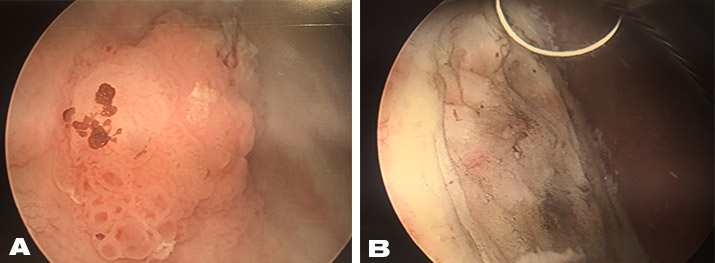
Bladder Tumor Removal: Transurethral Resection of Bladder Tumor (TURBT) Washington, D.C., Maryland & Virginia
An Overview of Transurethral Resection of the Bladder |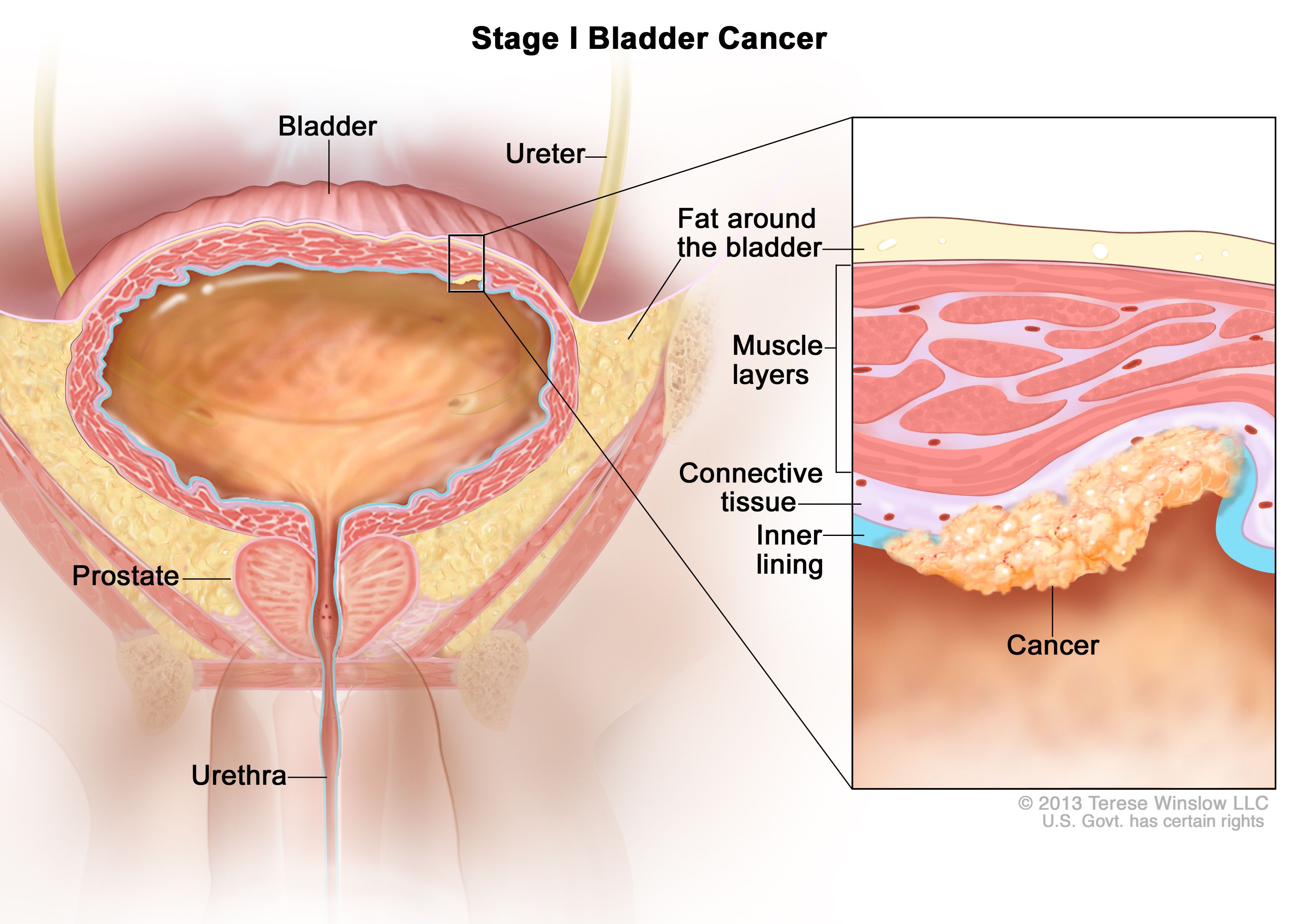
Bladder Cancer Treatment: Bladder Cancer Pictures, Signs & Symptoms to Better Understand Diagnosis - Cleveland OH | University Hospitals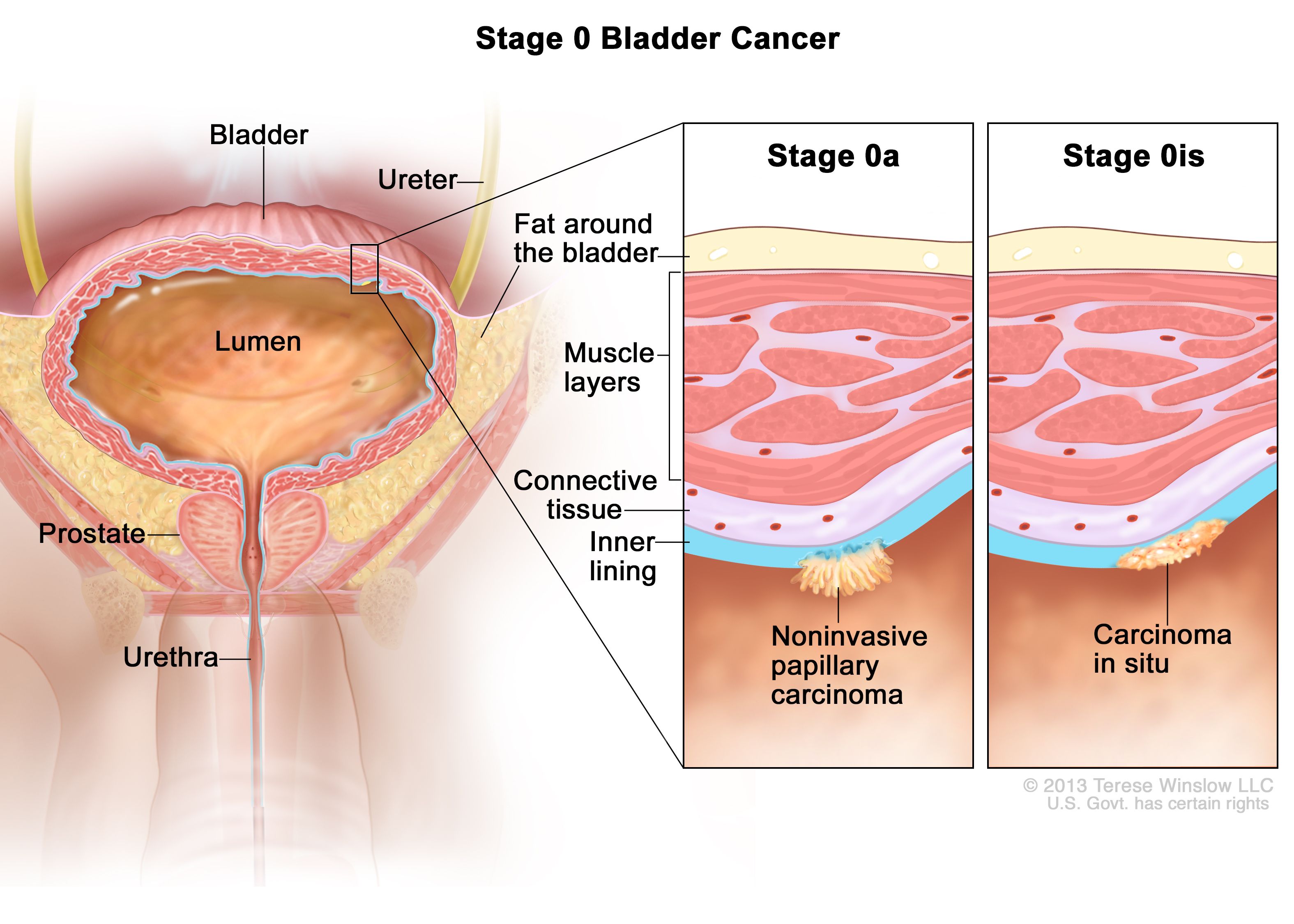
Bladder Cancer Treatment: Bladder Cancer Pictures, Signs & Symptoms to Better Understand Diagnosis - Cleveland OH | University Hospitals
Treating Bladder Cancer: Transurethral Resection (TUR) | Saint Luke's Health System
Transurethral resection of bladder tumour (TURBT) | Bupa UK
Treatment for Muscle-Invasive Bladder Cancer | Cancer Support Community
Bladder removal surgery: What you need to know
Bladder Cancer Surgery: TURBT and More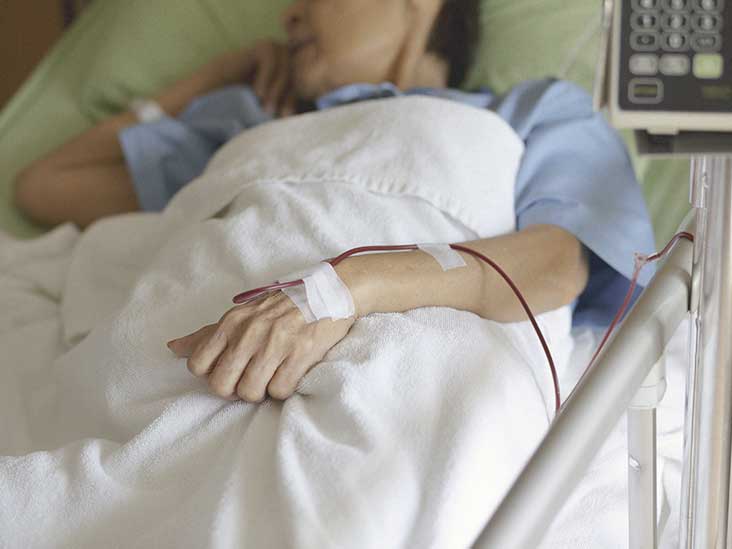
Stage 2 Bladder Cancer: Outlook, Treatment, and More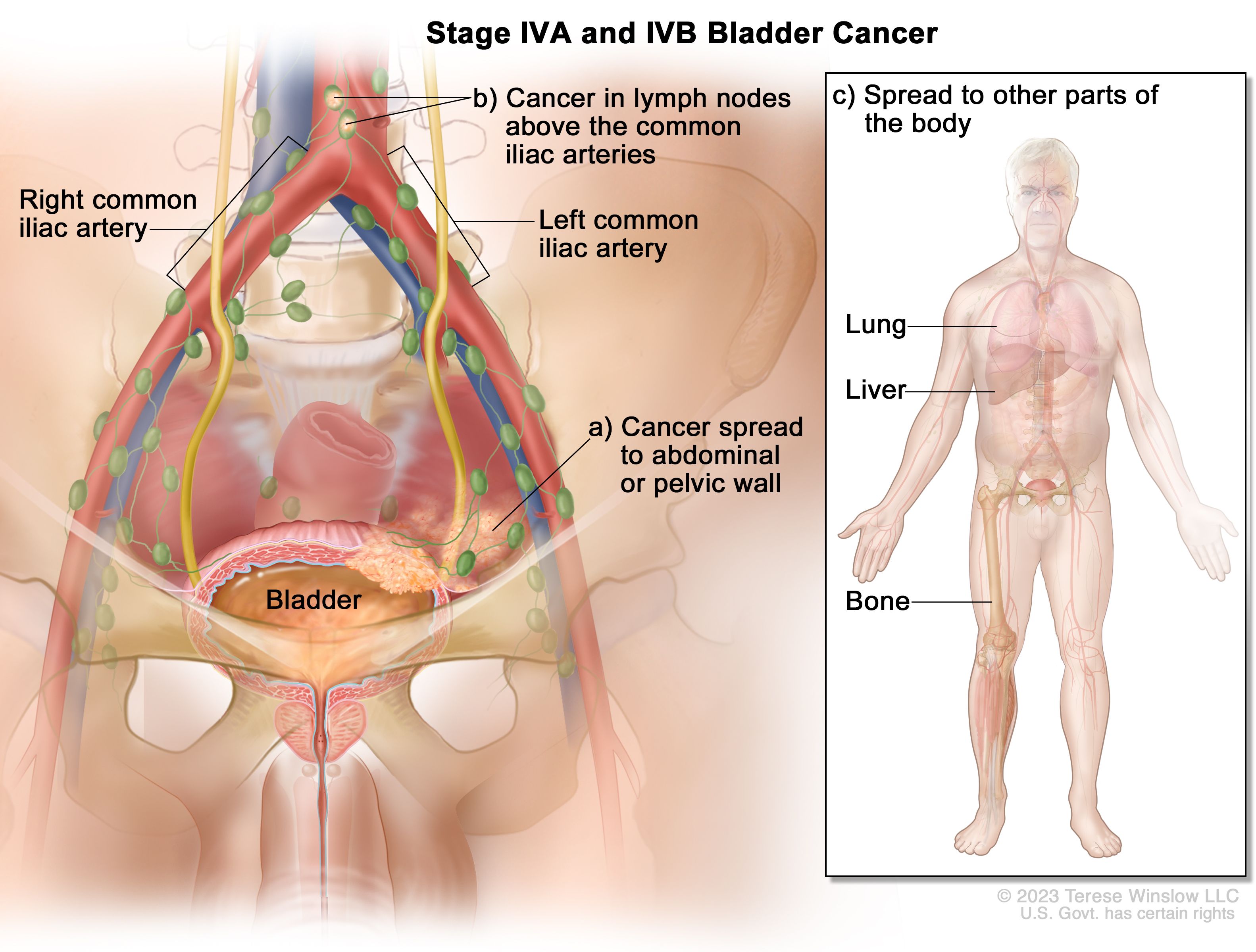
Bladder Cancer Treatment (PDQ®)–Patient Version - National Cancer Institute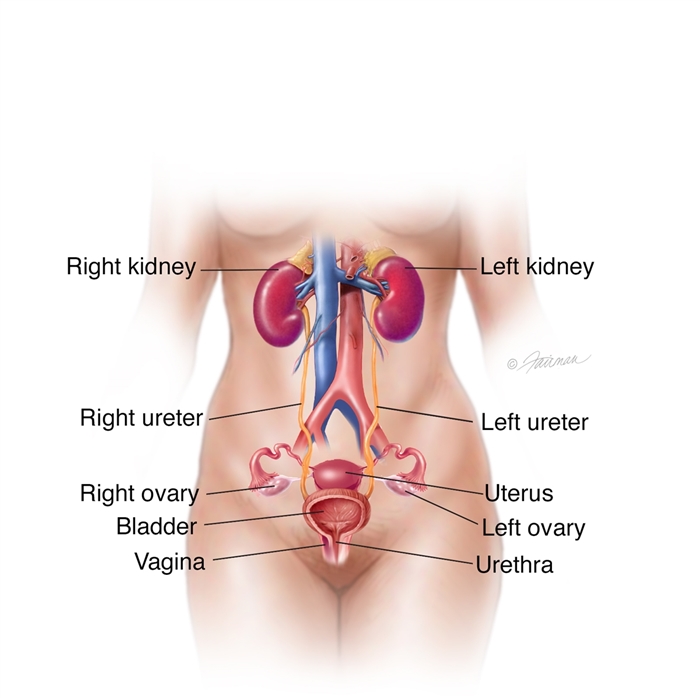
Non-muscle Invasive Bladder Cancer: Symptoms, Diagnosis & Treatment - Urology Care Foundation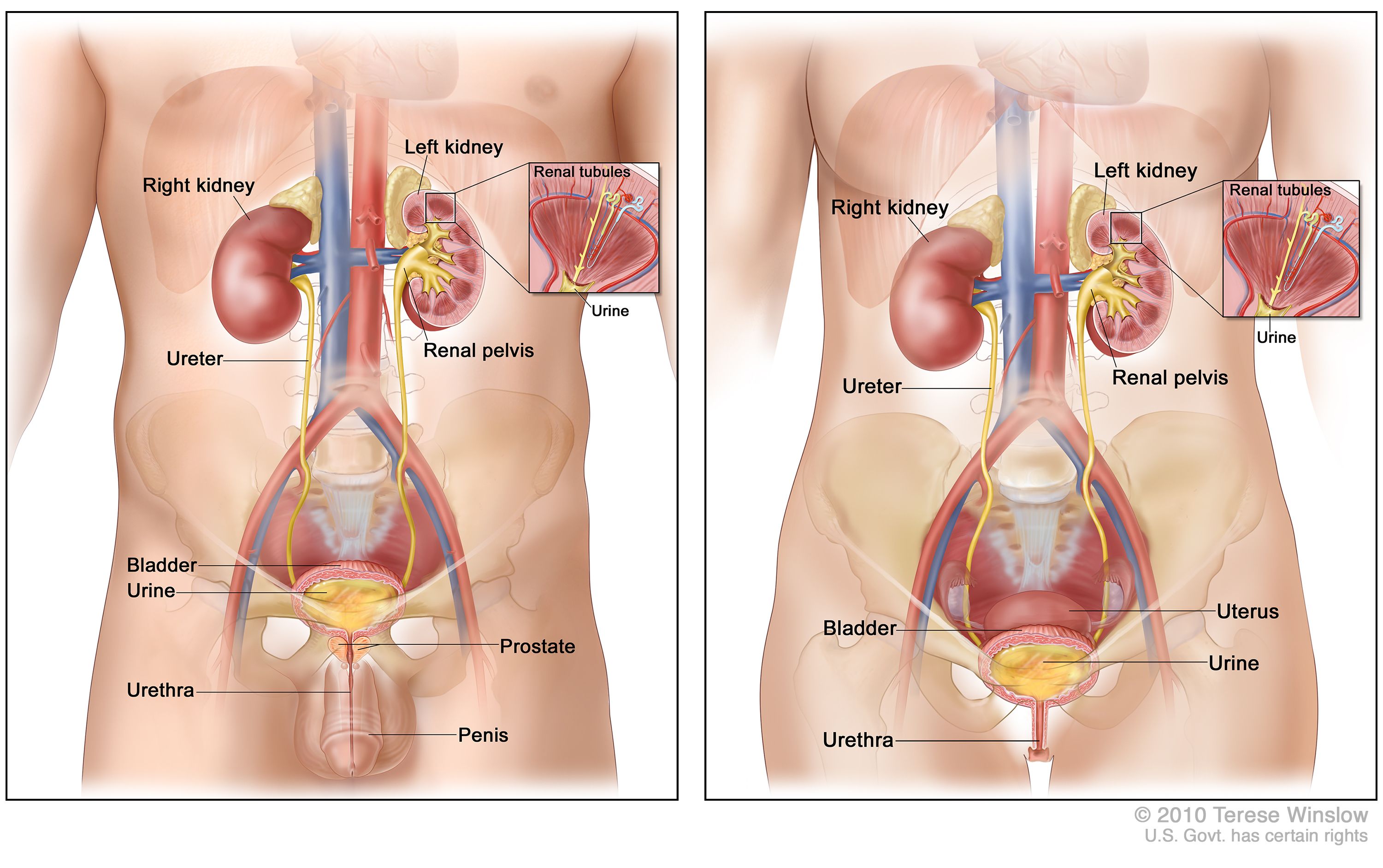
Bladder Cancer Treatment (PDQ®)–Patient Version - National Cancer Institute
Non-muscle Invasive Bladder Cancer: Symptoms, Diagnosis & Treatment - Urology Care Foundation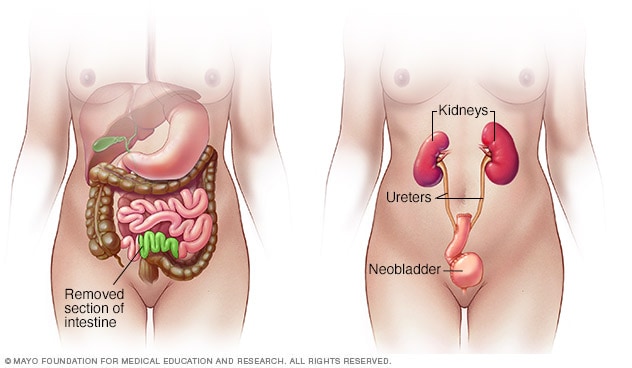
Bladder cancer - Diagnosis and treatment - Mayo Clinic
TURBT Transurethral Resection of Bladder Tumor, Male PreOp Patient Education - YouTube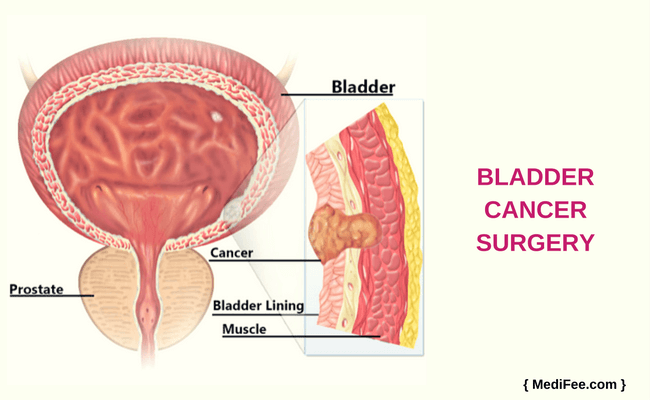
Bladder Cancer Surgery: Procedure, Risks and Associated Complications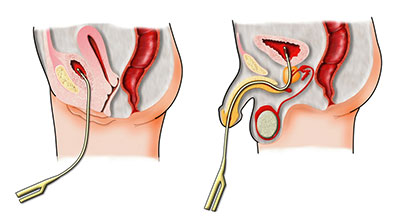
Non-muscle Invasive Bladder Cancer: Symptoms, Diagnosis & Treatment - Urology Care Foundation
Transurethral Resection of Bladder Tumor TURBT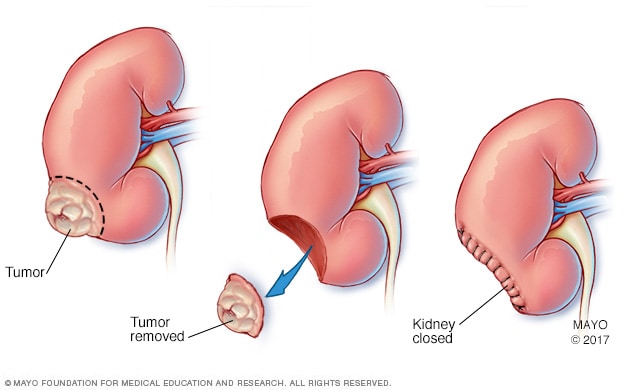
Nephrectomy (kidney removal) - Mayo Clinic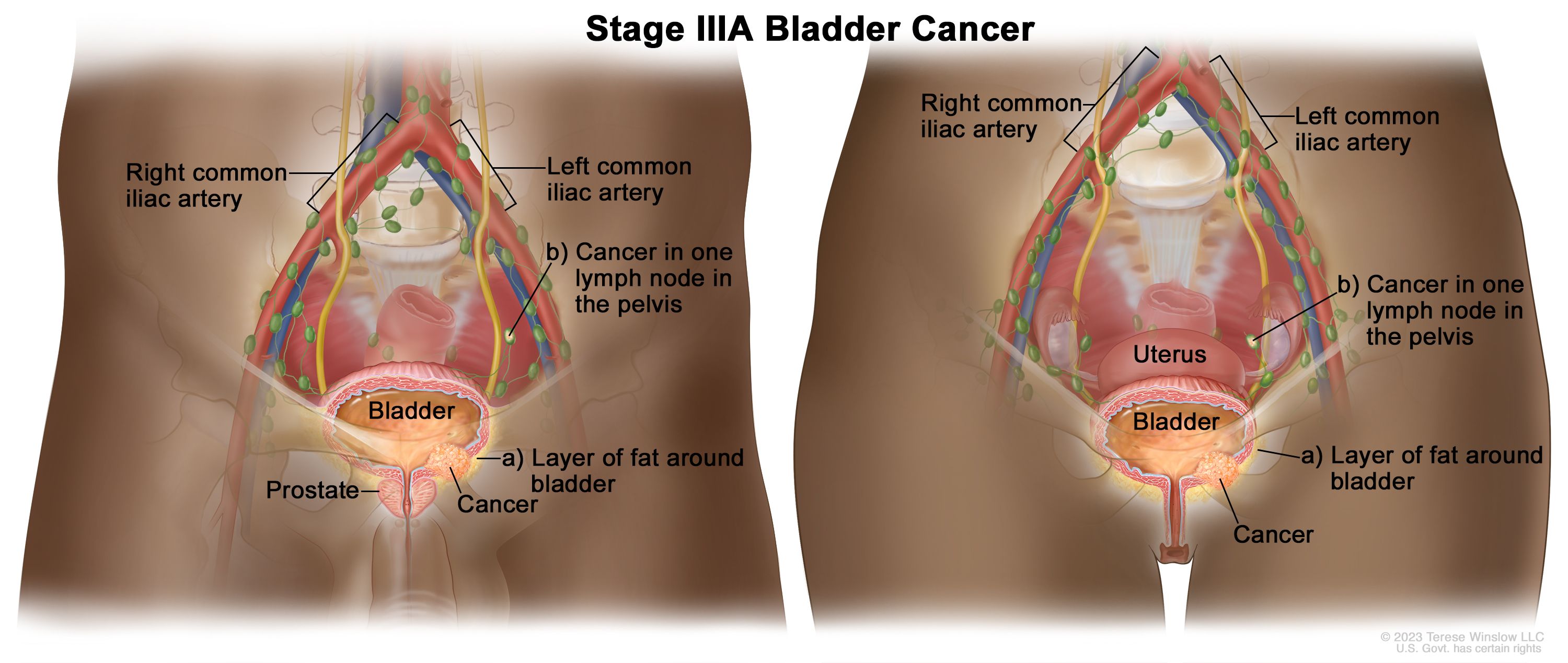
Bladder Cancer Treatment: Bladder Cancer Pictures, Signs & Symptoms to Better Understand Diagnosis - Cleveland OH | University Hospitals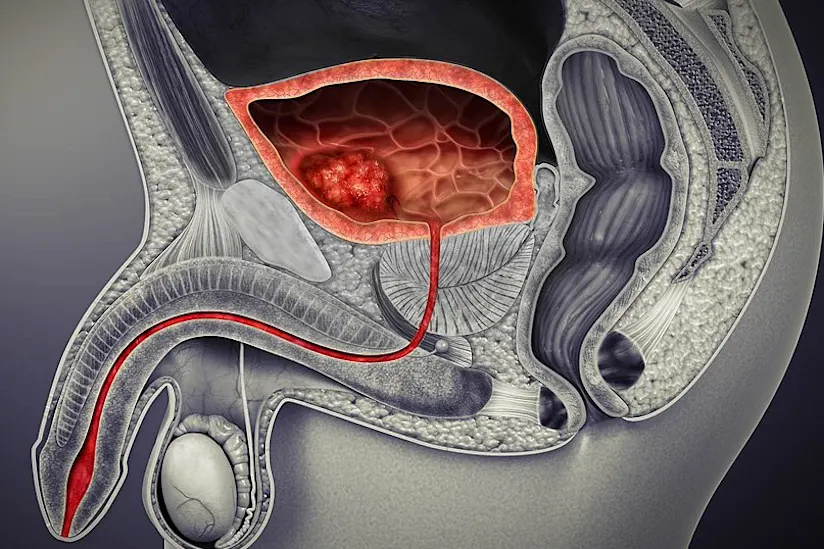
Bladder Cancer Symptoms, Causes, Diagnosis and Treatment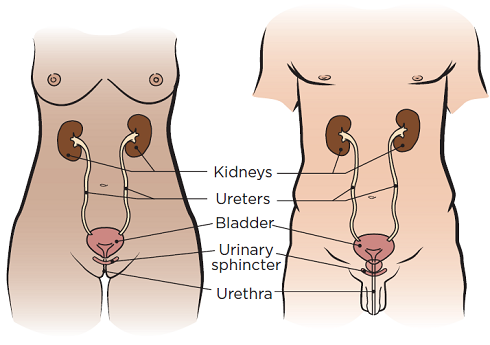
About Your Cystoscopy in the Operating Room | Memorial Sloan Kettering Cancer Center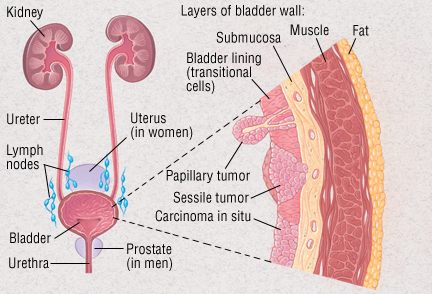
Bladder Cancer - Harvard Health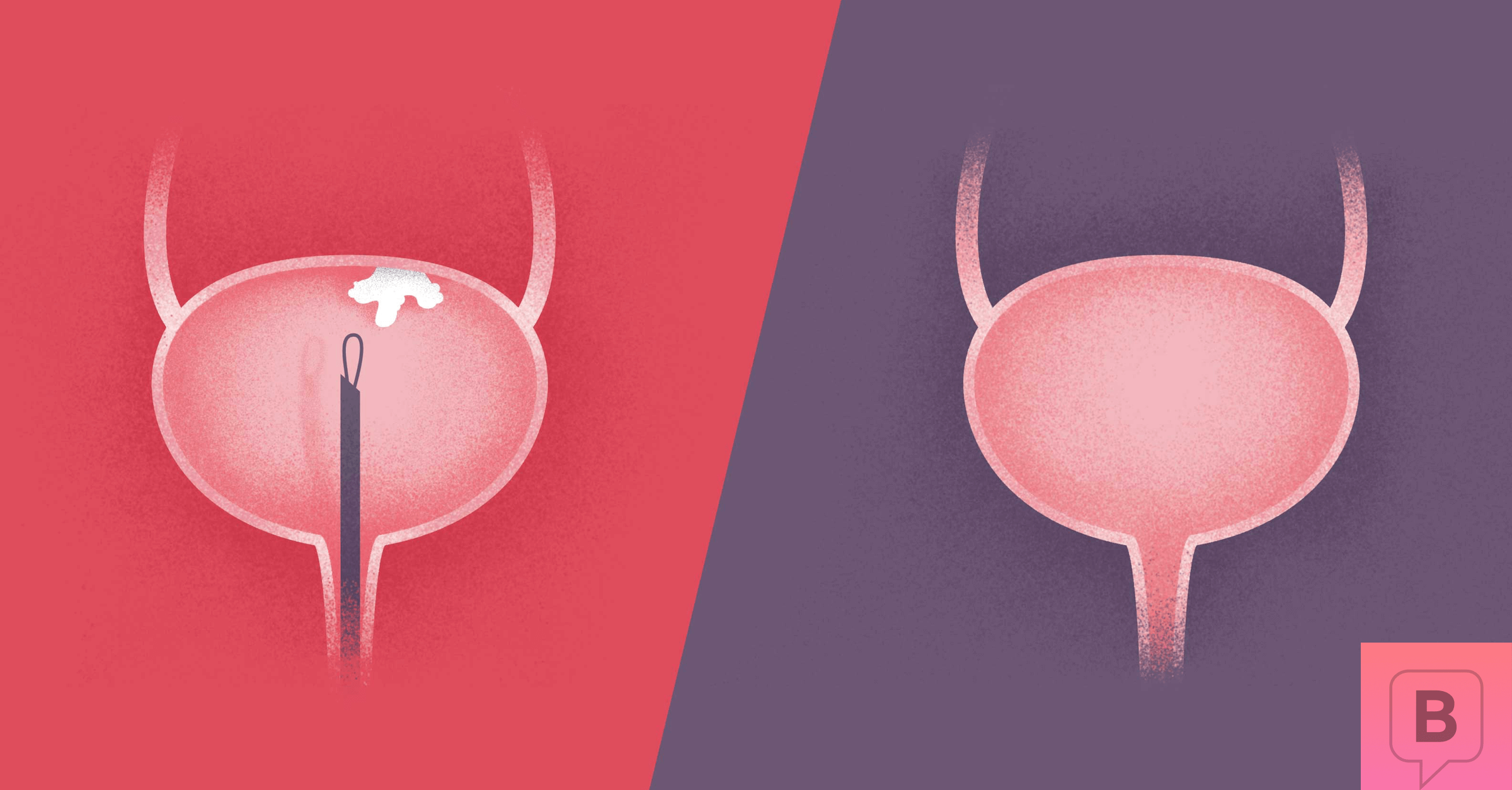
TURBT Procedure: Side Effects and Recovery Experience
Bladder removal surgery: What you need to know/bladder-biopsy-4801179-v2-a858dc0c77724b509b576dbee5cb4cd9.png)
Understanding Your Bladder Biopsy
Bladder Cancer COE
Bladder Cancer Causes, Treatment, Symptoms & Prognosis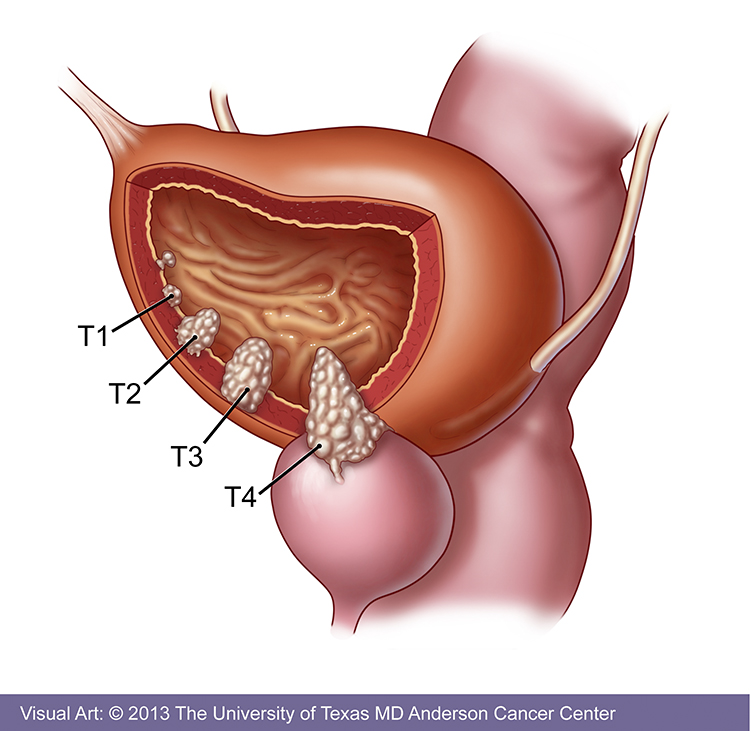
Bladder Cancer - Types, Symptoms, Diagnosis & Treatment | MD Anderson Cancer Center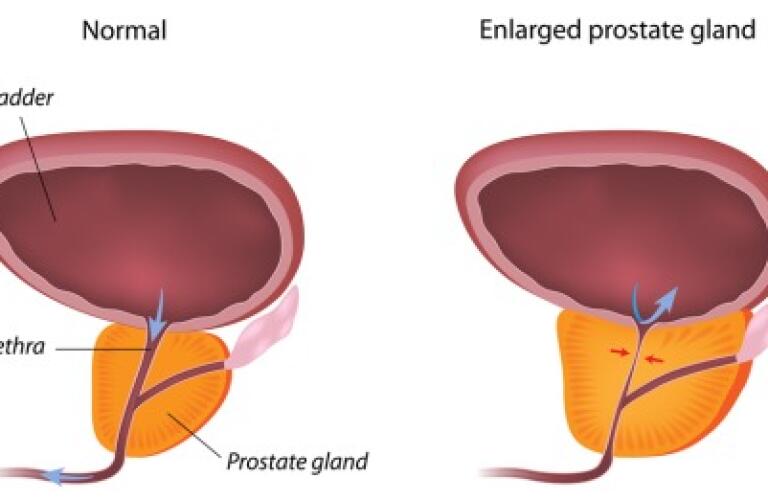
Transurethral Resection Of The Prostate - TURP Procedure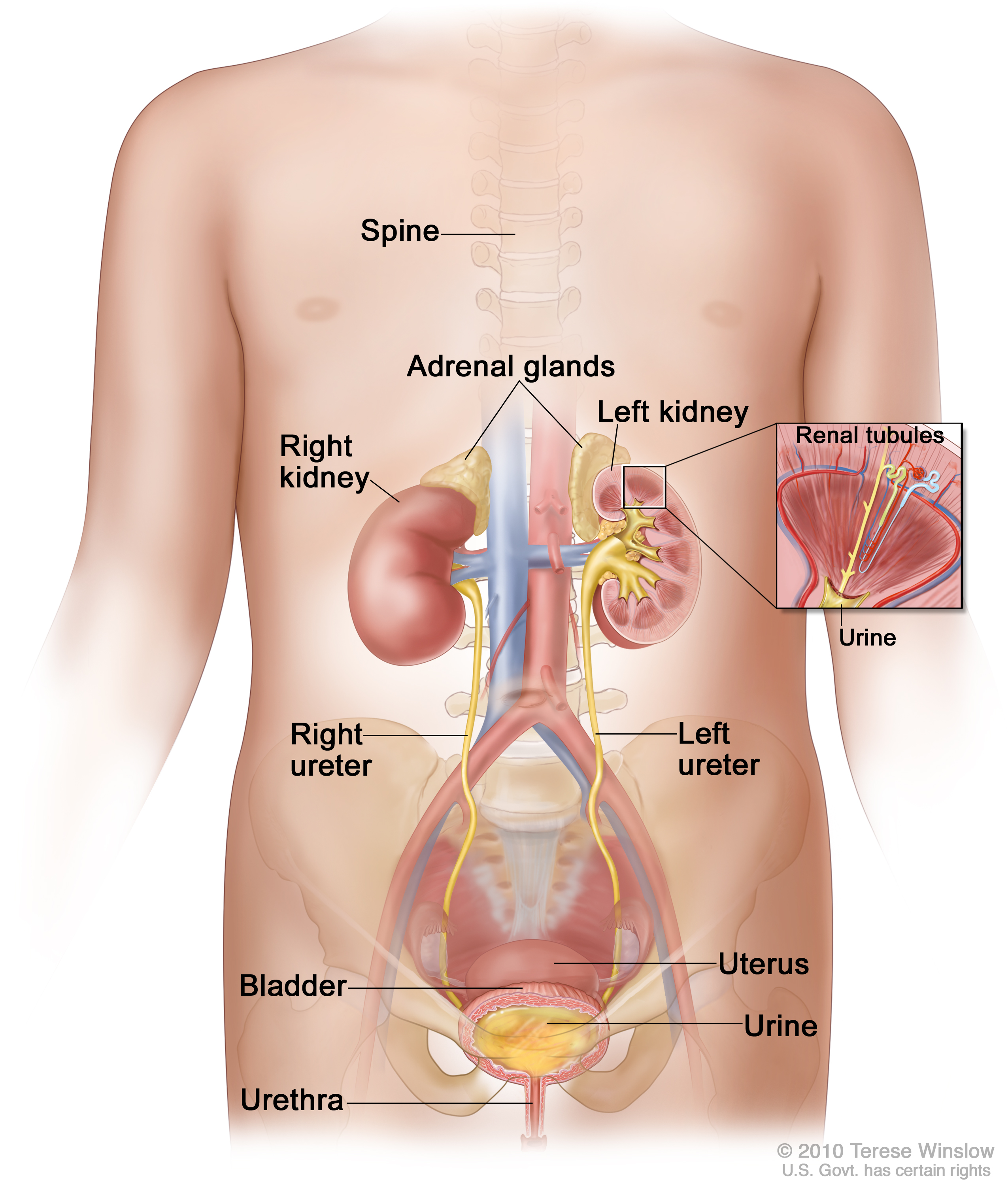
Childhood Bladder Cancer Treatment (PDQ®) (Patients) - Siteman Cancer Center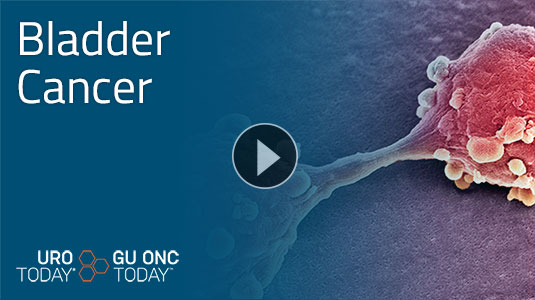
The Latest Research on Bladder Cancer - UroToday
Bladder cancer: Men at risk - Harvard Health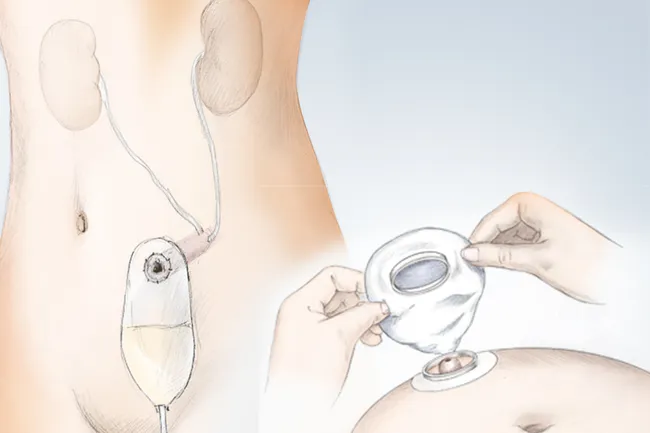
Bladder Cancer Symptoms Pictures: Warning Signs, Treatments, Survival Rates
The Best Diet & Nutrition for Bladder Cancer | Cxbladder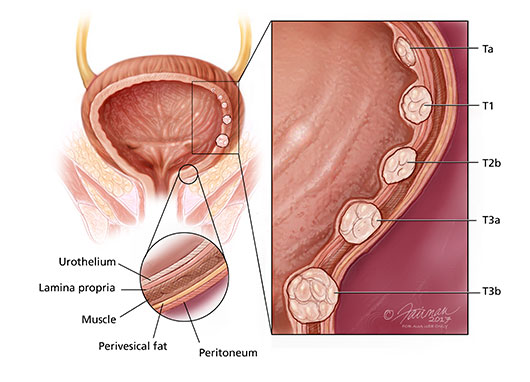
Non-muscle Invasive Bladder Cancer: Symptoms, Diagnosis & Treatment - Urology Care Foundation
About Your Bladder Surgery With a Neobladder | Memorial Sloan Kettering Cancer Center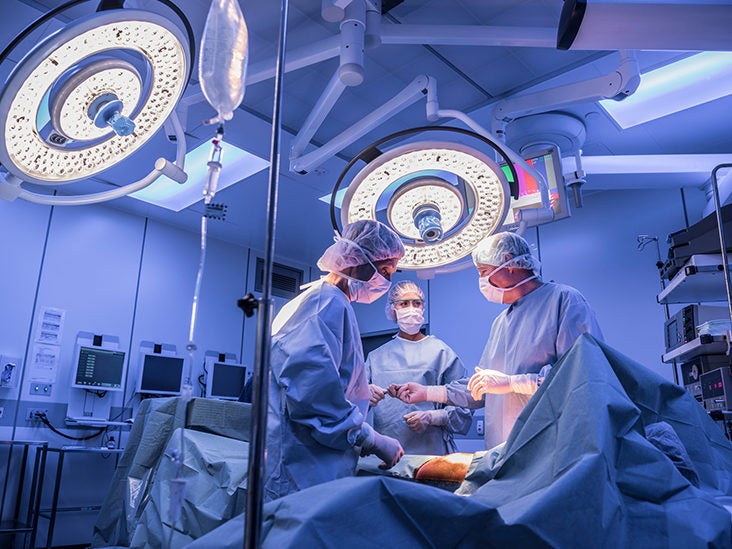
Stage 3 Bladder Cancer: Symptoms, Treatment, Outlook, and More
Society of Urologic Oncology - Application
 Trans urethral resection of bladder tumour (TURBT) | Bladder cancer | Cancer Research UK
Trans urethral resection of bladder tumour (TURBT) | Bladder cancer | Cancer Research UK






















/bladder-biopsy-4801179-v2-a858dc0c77724b509b576dbee5cb4cd9.png)












Posting Komentar untuk "bladder tumor removal recovery time"